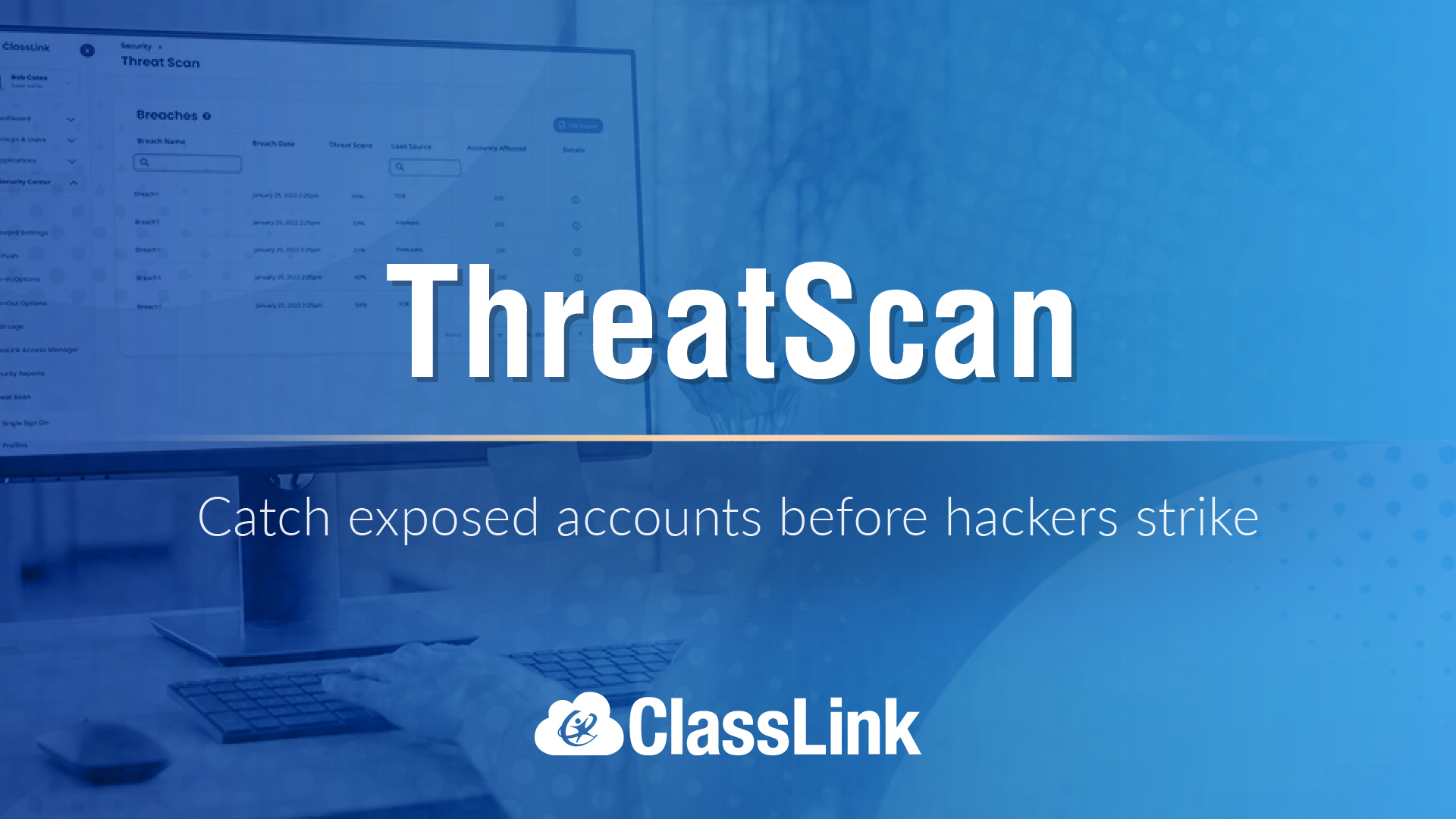DAILY INSIGHT: K-12 technology still circles developments in the consumer market
By Gordon K. Dahlby, CIO Advisor
There are a myriad of reasons being the leader of high-quality information or technology office is very difficult and challenging. Among the seemingly annual challenges is trying to work with and integrate end-user devices designed and destined for the consumer market to the business of education.
The term “business of education” is not a pejorative term urging readers to treat education in precisely the same manner as typical businesses. The “business of education” is to provide that path and base to be independent learners and productive, participating citizens in their country and world, or a variation on said purpose.
The effort and coordination to weave consumer devices and applications into a comprehensive technology plan is not new or any less exhausting. Maybe it isn’t weaving as much as it is adapting or being resigned. Over the more than 35 years of work by this author in the K-12 environment, many end-user devices that have shown some penetration in the education space are dominated by those designed to be sold to the consumer and household markets and certainly not designed specifically for the education market.
The most likely place for business class product purchases to support the technology goals and vision are likely to be in the network and server areas. Few consumer devices serve districts well in this area. The second area might be in the classroom A/V area. Much of the projection and audio systems used in classrooms were first vetted in boardrooms and conference centers. The other area might be personal computers in desktop or laptop/tablet form that have the ruggedness and consistent manufacturing and access to parts that make up many bid lists. Yet, due to price pressures and perhaps non-competitive or vague requests for proposals, some districts purchase consumer-class devices. And, of course, sometimes there is nothing in a particular hardware or software genre that is not a consumer-class device. Despite the multi-billion dollar education technology industry, few education-specific end-user devices have survived in this market. For those involved for decades, you might remember IBM’s EduQuest PC, Apple’s eMate, OLPC (one laptop per child) devices and Intel’s Classmate as made-for-the-education-market hardware. You may remember others.
There are some great companies who provide great peripherals for K-12 market based on industry standard devices. The wonderful probeware produced by companies such as Vernier and Pasco are examples of making A/D (analog-digital) devices suitable for the K-12 science space and wonderfully powerful. Graphing calculators and other derivations are another good example.
As CIOs work through their annual technology plan reviews and modifications, there remains the need to allocate sufficient time and resources in testing and designing management strategies for another round of consumer devices. These are not new to 2011 specifically. Devices such as slates (such as Xoom, Kindle, Nook, Streak, iPad, iTouch or Tablet S) or smart phones come with a variety of processors, OSs, ports and network capabilities, and some have minimal management abilities for replication or distribution of desired applications. Most consumer devices do not support network-centric distribution of images or software updates. It is important to build into the district planning strategies the time and resources needed to explore management options and solutions. In the CIO’s committee structures where needs are described and solutions are sought, it will be a key component of the communication plan to keep enthusiastic early advocates informed of the challenges as well as successes. The real cost of ownership needs to be clearly projected. Currently the expected replacement cycle for many of the newly popular devices is not known. The other important part of the consideration of the use of consumer devices as part of the solutions is to work closely with your curriculum development teams to review the applications available for the consumer devices. These applications must align with best practices and the district curriculum plans. If there is discord, discussions should ensue with teachers and district curriculum experts. CIOs should be in the room to hear all sides.
Tools and ideas to transform education. Sign up below.
Consumer devices certainly add to the variety of options staff and students have within your district. This is usually a good thing. Having the district community understand the need for a thoughtful and planned understanding of any deployment challenges is best practice.
Dr. Gordon K. Dahlby is an educational consultant.
